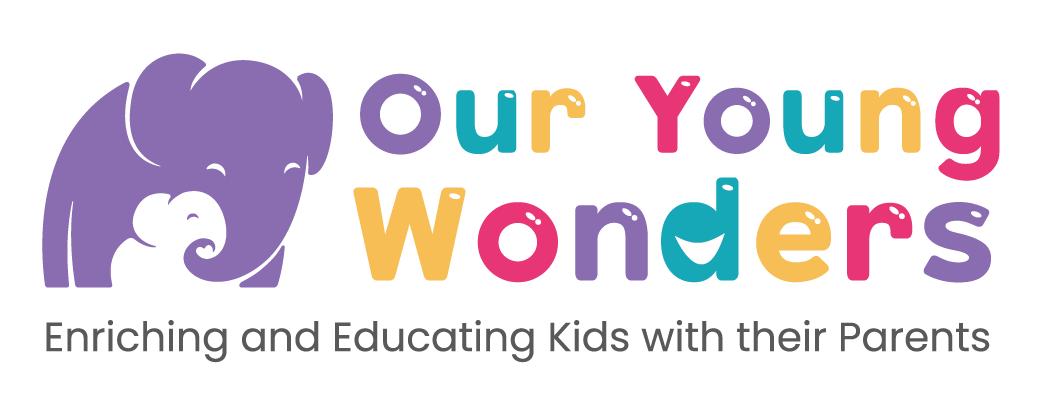Babies and children begin their sensory learning from before they are even born. They are forever learning new skills, growing and developing. There is not a moment that goes by that there is not some form of learning or development happening. When your baby reaches the toddler age, they are non-stop learning and developing. Toddlers are amazing at using multiple senses to enhance their learning. This doesn’t necessary mean using all their senses at once, but rather using different senses to learn different things. But how do toddlers use multiple senses to learn and develop? Let’s look at the different senses and how they use them.
Sight
Sight is an obvious one. Toddlers are forever watching and learning from what they see. They may watch you doing something and then learn to mimic it themselves. They might even learn new skills from watching something on the television. Playgroup and daycare are great examples of when a toddler uses their sight to learn. By watching the other children and seeing what they are doing, they want to get involved. They start using what they have seen to reenact it themselves.
Hearing
When it comes to learning language skills, the hearing sense comes in handy. From listening to the sounds and noises around them, they are able to start remembering the sounds. Once they recognise and remember the sounds, it can help them to learn them and start to say them all by themselves. Hearing different sounds can also help with learning different coping techniques, such as how to deal with a noise they don’t like and also reducing anxiety. Certain noises may be calming for your children and they can develop a sense of security and calm around those noises.
Touch
Touch is one of the most important senses for a toddler. If you have ever had a toddler around, you will know that they want to touch EVERYTHING. This isn’t because they are being cheeky or naughty. It is because they are learning and building their proprioception skills. By touching different objects they are able to learn and recognise different feels and effects. They are able to learn what they are comfortable touching and what makes them feel uncomfortable.
Touch is also a very easy way for many people to learn new skills. Some may learn well by watching, whilst others might learn better by reading. Where as there are also people who learn best by actually getting involved and doing the activity. Toddlers are learning every time they pick something up. Whether it is learning how to use the object or by developing a new skill such as hand eye coordination.
Smell
Believe it or not, the sense of smell can also be used to learn new things. It can be that they learn about different smells that they do not like, or things that have a smell that makes them happy and content.
For example, learning the smell of smoke and how that smell is associated with fire can help them to learn the danger around fire and to stay away from it.
Taste
And of course, toddlers love to put things in their mouths. The senses around baby and toddlers are stronger when their little compared to their hands. This is one reason why babies put everything in their mouth. The other reason is that the sense of taste can also be used to learn new things.
It can help them to understand different tastes, find what they like and also what things taste bad. Obviously don’t go letting them out anything and everything in their mouths. However this sense can help them during meal times and learning how to adapt to new foods and enjoy them.
Understanding the different senses and the way that they can help a toddler to learn and develop is important. One way of learning that suits one child, may not work for another. Those with sensory processing disorders may develop and learn in ways different to others.
Each toddler will have their preferred way to learn. It is important to nurture their choices and help encourage them to continue learning and using multiple senses to develop those different skills.
With each of the senses, you can make fun and exciting ways for them to learn and develop.
Get involved and encourage them the best you can. Your way of teaching may not always be right, but working with your toddler to find out what works best for them is half of the fun.

